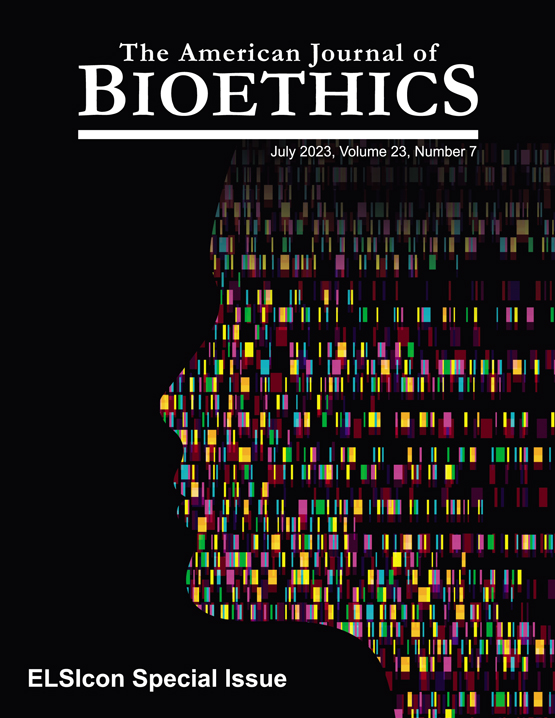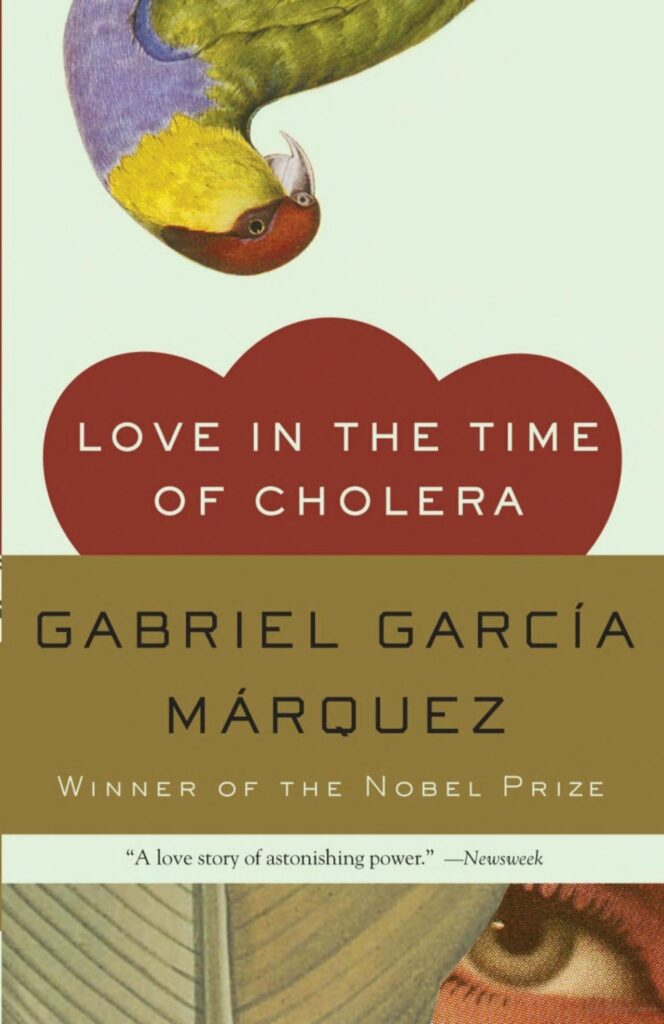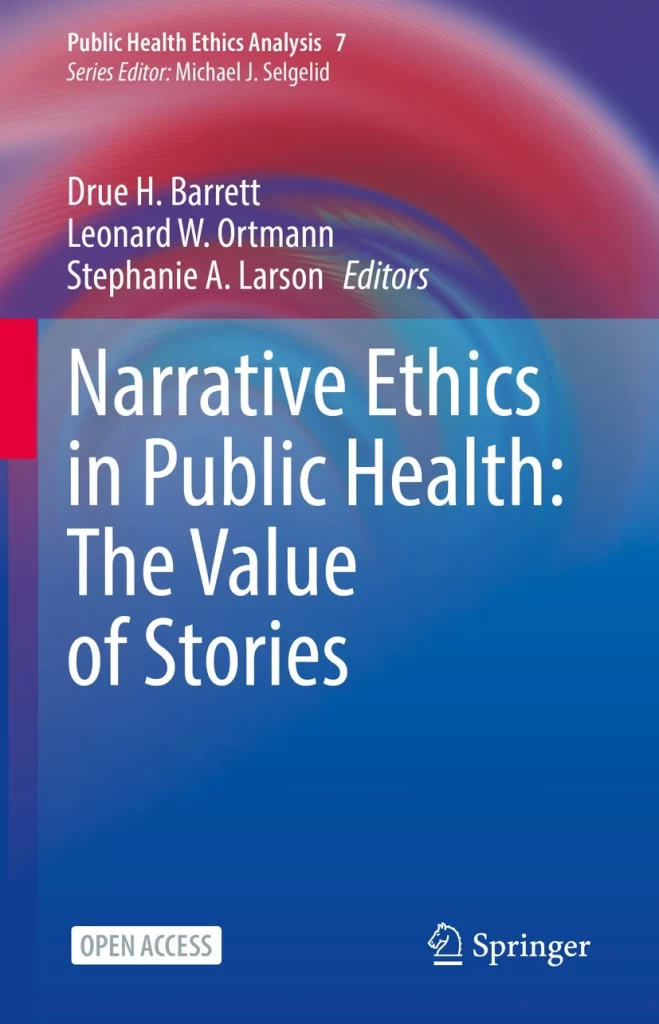Rosemarie Garland-Thomson and S.A. Larson. “Narrative Equity in Genomic Screening at the Population Level” The American Journal of Bioethics and the Humanities vol. 23, no 7 (2023). pp. 121-123.
Abstract: Building upon Lisa Dive, Isabella Holmes, and Ainsley J. Newson’s (2023) conclusions in “Is it Just for a Screening Program to Give People All the Information They Want?” our Open Peer Commentary argues that a more limited scope regarding return of results in public screening programs can further support disability justice by counteracting medical science’s tendency to pathologies human variation by interpreting anomaly and diversity as disease. Drawing upon our background as disability bioethicists trained in literary studies and rhetoric explore what the stories about genomic screening results can do in the world.
Larson, S.A., Liu, J., Flannery, D., Michie, M., and P. Ford. “The Cost of ‘Free’: Advising Patients About Sponsored Genetic Testing” Cleveland Clinic Journal of Medicine vol. 90, no 3 (2023). pp. 161-164.
In recent years, we have witnessed sponsored genetic testing providing an alternative to out-of-pocket or insurance-billed tests through partnerships between genetic laboratories and biopharmaceutical companies. Available through many laboratories, sponsored genetic testing can be attractive to both patient and clinician in appearing free, but close scrutiny reveals hidden nonfinancial disadvantages that could create ethical challenges for both clinician and patient in our opinion. We break down benefits and drawbacks of sponsored genetic testing for clinicians to use in helping patients make informed decisions.
Sponsored genetic testing must be ordered through a healthcare provider and involves the distribution of genetic data among four possible primary stakeholders: the referring clinician, the patient, a genetic testing laboratory, and a third-party biopharmaceutical or biotech company, with the sponsoring biopharmaceutical or biotech company covering the financial cost. Direct-to-consumer testing is transparent in that it is a consumer-business relationship with costs up front.
Larson, S.A. “Evil animes and Honorable Ruptures: Reading Gabriel García Márquez’s Love in the Time of Cholera through a Public Health Humanities Lens.” Journal of Medical Humanities vol. 43, no 4 (2022). pp. 533-545.
Abstract: Extent health humanities readings of Gabriel García Márquez’s Love in the Time of Cholera have focused on the doctor-patient relationship, the physician-scientist as a model for aspiring practitioners, and how individuals relate to the novel’s health themes of death, disease, and disability. However, such medicine-focused readings neglect the population-level public health concerns of the novel as they relate to contagion, community, and quarantine. This paper contributes to the growing field of public health humanities by using a close reading method to explore how the competing endemic and epidemic public health issues shape the plot and metaphors of the novel.
__________
Barrett, D.H, Ortmann, L.W., and Larson, S.A. Narrative Ethics in Public Health: The Value of Stories. (2022). Public Health Ethics Analysis Book Series, 7E. Springer. https://doi.org/10.1007/978-3-030-92080-7
Book Description: This Open Access book illustrates the power of stories to illuminate ethical concerns that arise in public health. It complements epidemiological or surveillance evidence, and reveals stakeholder perspectives crucial for public health practitioners to develop effective and ethical public health interventions. Because it relies on the natural and universal appeal of stories, the book also serves to introduce the field of public health to students considering a career in public health. The opening section of the book also serves as a more didactic introduction to public health ethics and the field of narrative ethics. It describes the field of public health ethics including ethical principles relevant to public health practice and research, and the advantages of a narrative ethics approach. That approach explores the problems and the ethical challenges of public health from the inside, from the perspective of those experiencing health problems to the challenges of those who must address these problems. The later sections consist of 14 chapters that present the actual stories of these public health problems and challenges. In narrative style they range from first person narratives of both practitioners and citizens, to analysis of published short stories. The problems and challenges they address include issues relating to justice concerns, surveillance and stigma, community values and the value of community, trust and the value of information, and freedom and responsibility. Specific public health topics include resource allocation, restricting liberty to protect the community from health threats, and the health impact of trauma, addiction, obesity and health disparities.
__________
Larson, S.A. and Mayer, P.M. “Denying Death: The Terminally Critically Ill.” American Journal of Hospice and Palliative Medicine (2022). doi: https://doi.org/10.1177/10499091221114771
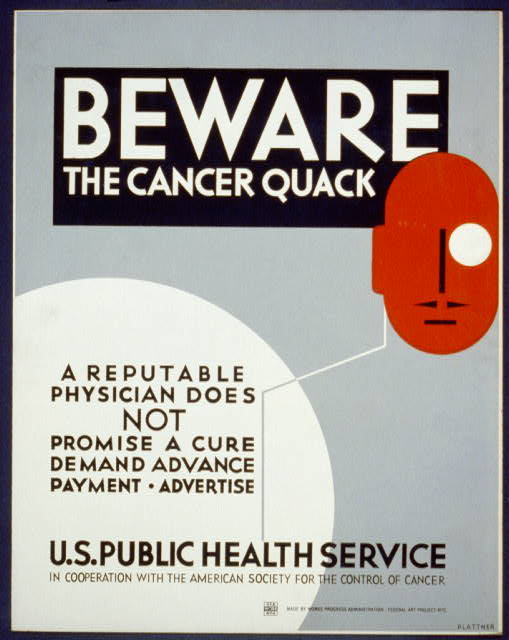
Abstract: We describe a subgroup of the Chronically Critically Ill (CCI) we call the Terminally Critically Ill as demonstrated by terminally ill cancer patients. These cancer patients, though clearly terminally ill and with relatively short prognoses, can be kept alive for extended periods with medical interventions aimed at treating the complications of the cancer and cancer treatment. Such interventions can be painful, exhausting, costly and may interfere with attending to end of life concerns. We present a typical (composite) case and discuss ethical concerns regarding this growing subgroup of the chronically critically ill patients for whom death is routinely denied and delayed for extended periods.
__________
Larson, Stephanie A., Sindhuja Surapaneni, Kevin Wack, and Maura George. “An Algorithmic Approach to Patients who Refuse Care but Lack Medical Decision Making Capacity.” The Journal of Clinical Ethics vol. 30 no 4 (2019): 331-337.

Abstract: Situations where patients lack medical decision making (MDM) capacity raise ethical challenges, especially when they are declining care that their surrogate decision makers and/or clinicians agree is indicated. These patients are a vulnerable population and should receive standard of care treatment that is in line with their authentic self’s values, just as any other patient would. But forcing treatment on patients who refuse, even though they lack capacity, carries medical and psychological risks to the patient and the hospital staff. It is also often impractical to force some treatments, especially long-term. For example, independent of the ethical “should” question, how would one force hemodialysis for the rest of someone’s life or force a surgery that requires weeks of post-operative physical therapy? In this article we present a novel algorithm which can help physicians with ethical and practical decision making, with the goals of achieving best outcomes for patients and reducing moral distress for their caretakers and clinicians.
__________
Larson, S.A. “Printing Parasites: Hookworm and Public Health Narratives in Southern Fiction.” Literature and Medicine Vol. 36, No 1 (2018). pp. 208-229.

Abstract: During the early twentieth century, public health campaigns taught Americans from all strata of society to recognize that a great threat to the health and prosperity of the South was not an enemy abroad, but rather a bloodsucking parasite living underfoot in Southern soil: hookworm. According to the information widely disseminated by these campaigns, hookworm infection was responsible for the physical “backwardness” of Southern men, women, and children. By linking physical and cognitive symptoms to a parasitic source, the public health campaign introduced a new literary tool for constructing characters who are not “quite right” that continues to be employed in contemporary fiction. This paper focuses on the so-called “lazy man’s disease” (hookworm) and takes the work of William Faulkner as a case study to demonstrate how authors deployed a figurative form of hookworm to construct disabled, poor, and degenerate characters.
__________
Larson, S.A. “‘I be Dawg’: Intellectual Disability and the Animal Other in the Works of William Faulkner.” Disability Studies Quarterly Vol. 34, No 4 (2014).
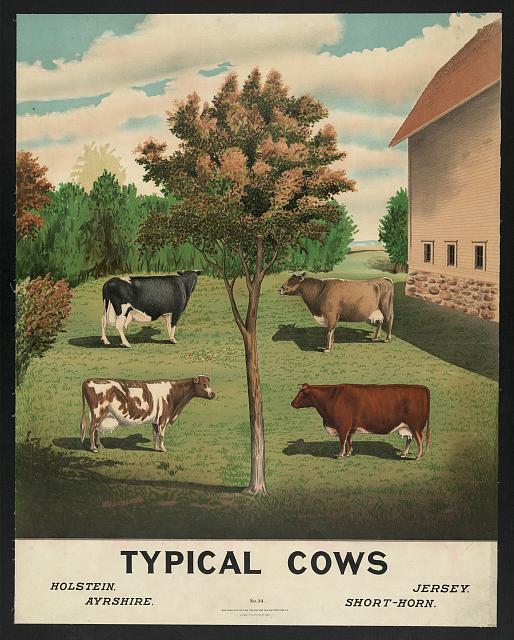
Abstract: There is a considerable dearth of criticism that applies the critical lens of Disability Studies to the works of William Faulkner. This paper hopes to contribute to the discourse on Faulkner and disability by using a Disability Studies prospective to explore the intersection of intellectual disability and the psychological coping mechanism of dehumanization in the novels Sanctuary and The Hamlet. In both novels, characters with intellectual disabilities are depicted as animals. This paper argues that Faulkner’s normate characters use dehumanization to marginalize, neglect, and even abuse characters with intellectual disabilities. However, the act of dehumanization has the paradoxical effect of calling attention to the humanity and sentience of characters with intellectual disabilities.
Other Writing
“Building Capacity and Community in the Humanities Through Open Access.” Emory Libraries Magazine (2019): 17.
“Dial Meow for Murder: Notes on the Figure of the Feline in Horror Culture.” JSTOR Daily (2019).
“Health at Hand (or Wrist): Ethical Considerations for Wearable Fitness Trackers in Clinical Medicine.” The Healthcare Ethics Blog (2017).
Larson, S.A., “Wit– A Film Review, Analysis and Interview with Playwright Margaret Edson.” Journal of Humanities in Rehabilitation (Summer 2015).

